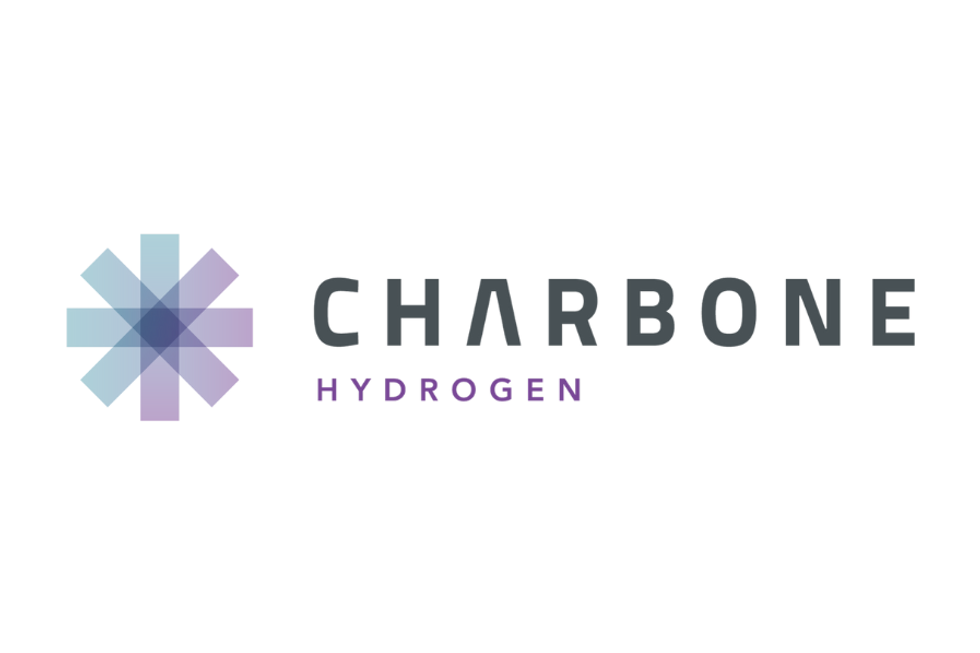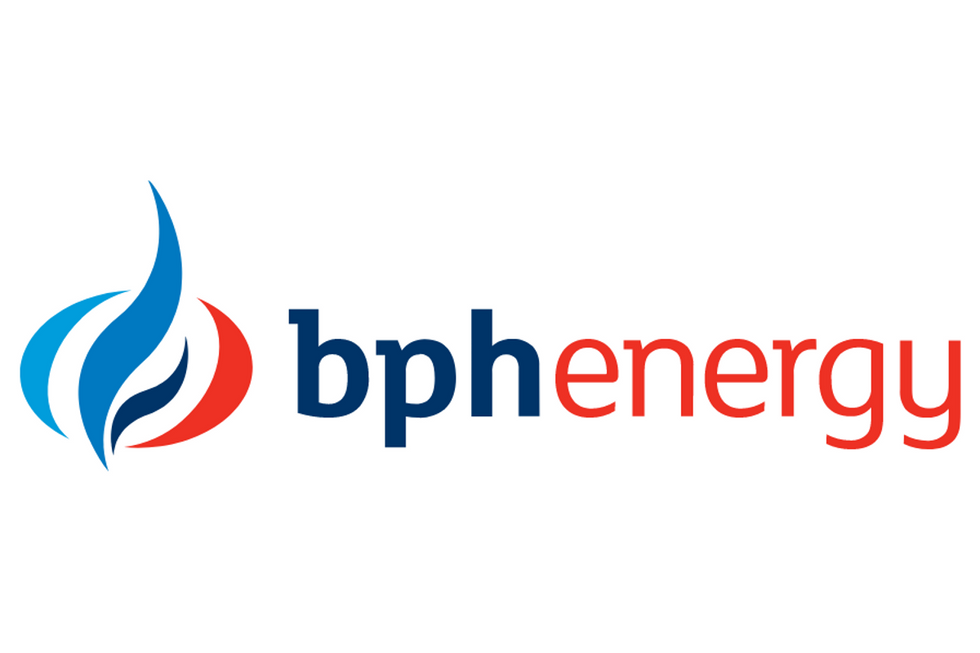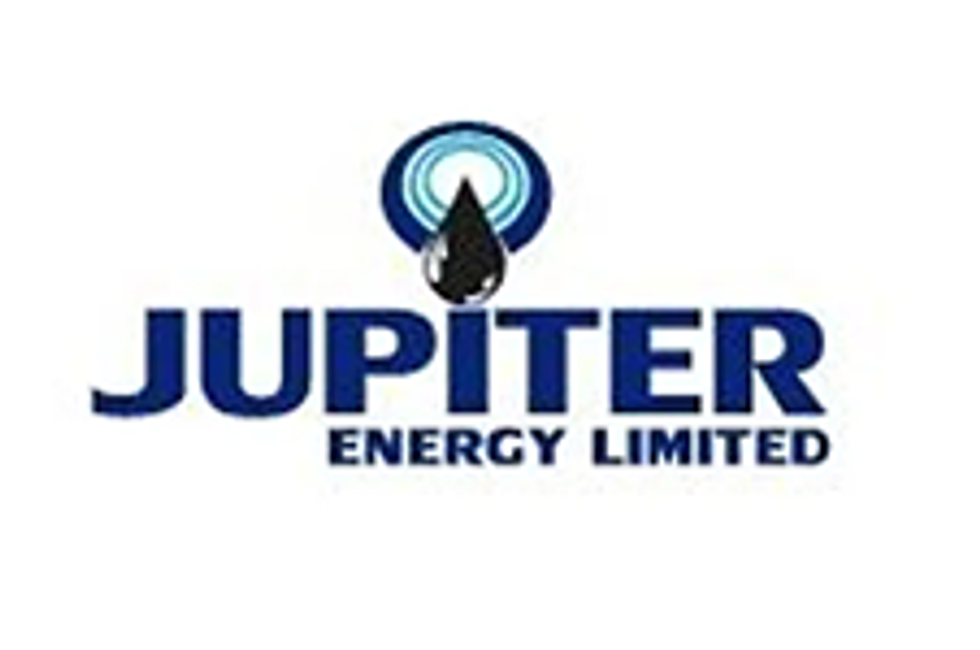
This week, ministers finally came to an agreement to curb production to boost oil prices – but it may not be enough for investors to stay.
This week, ministers finally came to an agreement to curb production to boost oil prices – but it may not be enough for investors to stay.
OPEC (the Organization of the Petroleum Exporting Countries) agreed on Wednesday to cut oil output, the first such deal since 2008, amid mounting pressure from low oil prices. Ministers said that OPEC would reduce output to a range of 32.5-33.0 million barrels per day, down from its current estimated output of 33.24 million barrels per day (bpd).
In effect, the move will re-establish OPEC production ceilings abandoned a year ago. However, the glut may still be the last nail in the coffin for some investors.
Glut forces talks
Producers met at the International Energy Forum in Algeria, OPEC’s informal meeting, alongside other influential non-OPEC producers such as Russia, in the hopes that they could agree on output cuts that would reduce a global glut and boost crude prices out of a two-year slump.
The Algiers talks were OPEC’s second attempt to reach an agreement after failed talks in Doha, Qatar, in April.
Oil prices have slid to less than half of their 2014 highs, pushing OPEC producers and Russia to seek a market rebalancing that would lift the oil revenues they rely on for their national budgets.
Between 2012 and 2016, Saudi Arabia and other Gulf OPEC members have raised output to compete for market share with higher-cost producers such as the United States.
As a result, Iran believes its fair production share in OPEC should be higher than its current output. Saudi output has risen to 10.7 million bpd from 10.2 million in recent months due to local needs for summer cooling.
Saudi Arabia is the largest OPEC producer with output of more than 10.7 million bpd, on par with Russia and the United States. Together, the three largest global producers extract a third of the world’s oil.
Saudi Energy Minister Khalid al-Falih said on Tuesday that Iran, Nigeria and Libya would be allowed to produce “at maximum levels that make sense” as part of any output limits.
Riyadh said it would reduce output to ease a global glut only if every other OPEC and non-OPEC producers (e.g., Russia) followed suit. Riyadh has raised production in recent years to compete for market share, and now faces a second year of budget deficit and a stagnating economy, which has forced salary cuts for government employees.
Saudi Arabia and Iran reach a solution
Saudi Arabia and Iran, two of Opec’s largest and most influential members, finally came to an agreement, with the group’s leader Saudi Arabia softening its stance.
“We have decided to decrease the production around 700,000 bpd,” said Iranian Oil Minister Bijan Zanganeh.
Sources told Reuters last week that Saudi Arabia had offered to reduce its output if Iran agreed to freeze production, a shift position as the kingdom had previously refused to discuss output cuts.
On Tuesday, Saudi Energy Minister Khalid al-Falih told reporters the mood was positive and discussions were still on, but Zanganeh said “It is not the time for decision-making,” which extinguished hopes for a deal. Many analysts thought that the talks would be postponed until November.
An attempt to jointly freeze production levels earlier this year failed after Saudi Arabia backed out over Iran’s refusal to take part of the initiative, underscoring the difficulty for political rivals to forge consensus.
Iran – whose production has stagnated at 3.6 million barrels per day – wanted to ramp up to at least 4 million bpd before a production freeze. OPEC Gulf members wanted output to be frozen below 4 million.
Gary Ross, a veteran OPEC watcher and founder of US-based think tank PIRA, said Saudi output had risen too steeply in recent months and even if it were cut to pre-summer levels, Iran would see an offer to freeze its own output as unfair.
The Saudi and Iranian economies depend heavily on oil, but Iran is seeing the pressure easing as it emerges from years of EU sanctions earlier this year.
Bjarne Schieldrop, chief commodities analyst at SEB Markets, said in a press conference: “We cannot see how Iran could possibly accept the Saudi offer. It would be like asking a long-time prisoner who was finally released from prison to go back again.”
Oil Price Surges After Announcement
Analysts have warned that if a deal didn’t happen, it would result in further downside pressure on oil as Saudi Arabia would maintain elevated output levels while Iran boosted supply.
Oil prices rallied three percent on Monday, partly due to hopes that global oil producers would make progress on the agreement.
After an anticipated statement from OPEC members and other producers led by Russia, it seemed less likely that the group could agree on output amounts – consequently, oil fell three percent on Tuesday.
On Wednesday morning, Goldman Sachs announced that it has lowered its forecast for the price of oil, saying its supply-demand balance for the fourth quarter of 2016 is weaker than previously expected.
However, with a deal made to limit supply, prices immediately surged about 5 percent, with West Texas Intermediate trading at $46.75 per barrel.
Don’t forget to follow us @INN_Resource for real-time news updates!
Securities Disclosure: I, Sarah Jamieson, hold no direct investment interest in any company mentioned in this article.





